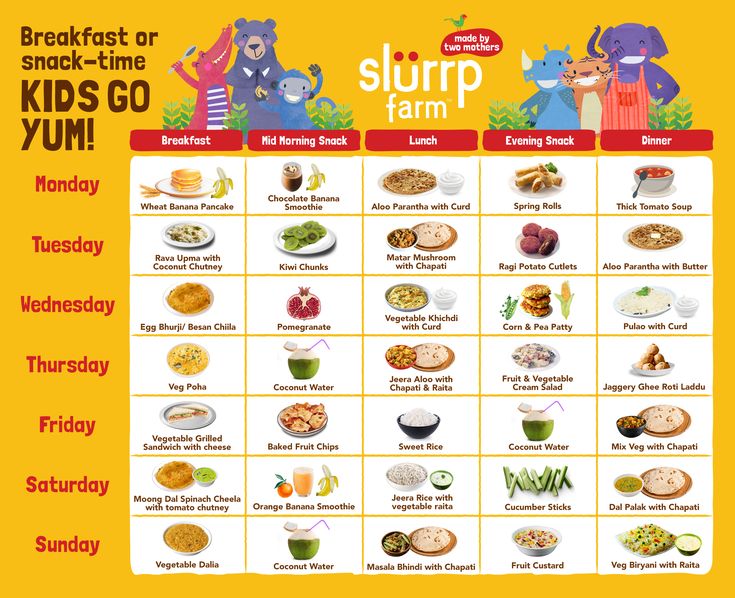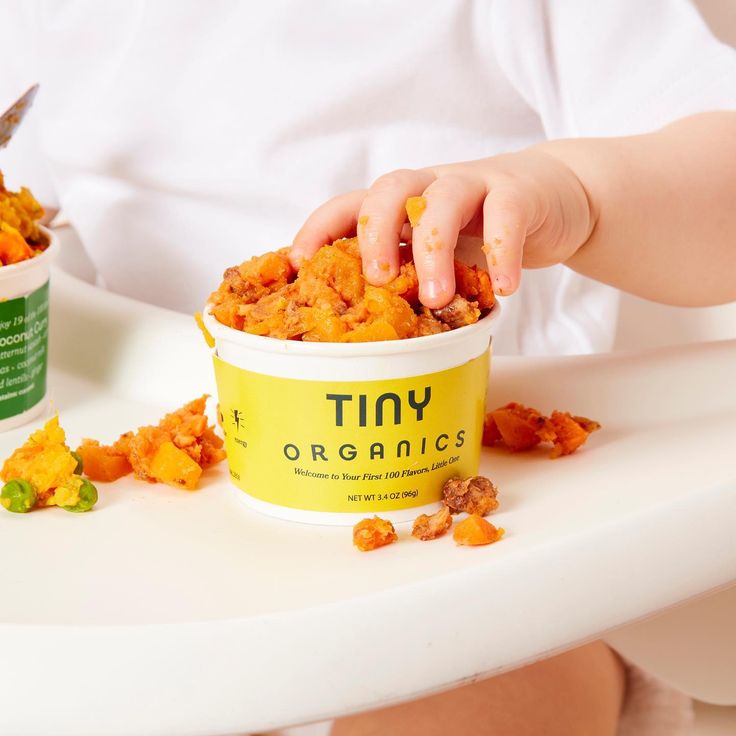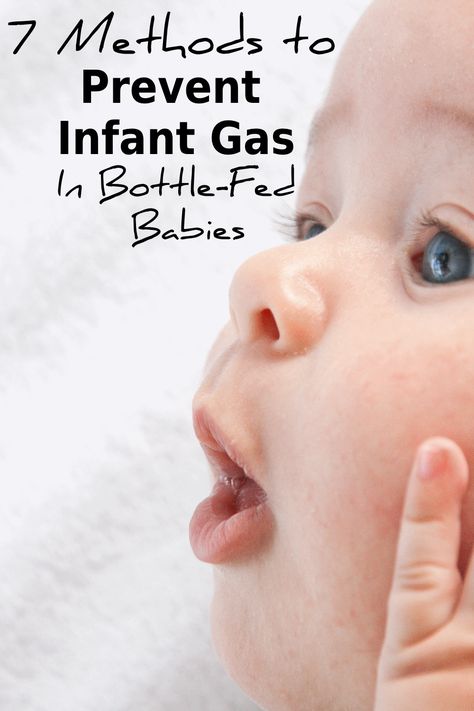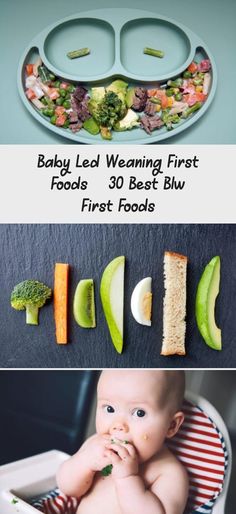9 week baby feeding schedule
Caring for your 9 Week Old Baby
This is a lovely, animated stage of life for your baby. They will be a constant source of entertainment and do their best to help you fall in love with them all over again, every day. You’ll have to compete with their hands though, because these will become your baby’s new best friends. They still won’t be able to control them but that will come with daily practice.
Watch as your baby develops increasing skills and progresses in their development. Though every baby is an individual and will follow their own pathways towards growth, all babies develop in a head to toe direction. That means your baby will learn to focus with their eyes first, then smile, learn how to control their head, their hands, learn to sit and so on. Eventually, your baby will be up and running, but only when each little developmental stage has been completed. You’ll be amazed at how much of this, and other milestones seem to be hard wired into your baby. Take delight in them and have some fun everyday. You are your baby’s best teacher and no one can do for them what you can.
Feeding
If you are breastfeeding and have been offering only one breast at feed times, you may find your baby wants to suck from both breasts now. You are likely to go through a period of adjustment until your breasts adapt but this generally only takes a couple of days.
All the nutrients your baby needs are in your breast milk, or contained in their formula. They do not need any additional food until 6 months of age. As well as being their primary source of nutrition, milk will supply them with all the kilojoules, nutrients and growth factors they need to thrive and develop.
Sleeping
Many babies are introduced to dummies in the newborn period. These can be very helpful with calming and soothing but often become a problem around this age. Many babies become “dummy dependent” and find it difficult to settle to sleep without sucking on one. This means parents need to frequently reinsert their baby’s dummy when it falls out of their baby’s mouth. If this is your experience, consider stopping its use. You are likely to have a couple of days of unsettledness with your baby until they learn how to settle without it.
If this is your experience, consider stopping its use. You are likely to have a couple of days of unsettledness with your baby until they learn how to settle without it.
Your baby is still in the age group where wrapping or swaddling is generally a useful way of settling. You will be finding that the wraps which seemed more than big enough just a couple of weeks ago, are getting just a little snug now. Wrap less of your baby if you need to or invest in some larger ones.
If it is summer time, make sure your baby is not becoming overheated under their wrap. A nappy with or without a singlet can be more than adequate in the hotter months.
Behaviour and development
Listen for the different coos and noises your baby makes this week. If you are lucky, they may even laugh out loud. You’ll soon learn when the best time of the day is to get responses from your baby. After their first feed in the morning, during bath time, when an older sibling pulls a funny face can all bring about a fresh bout of smiles and cooing.
Watch your baby hold up and support their head at around 90 degrees when they are lying on their tummy. Soon they will be able to use their arms to support their upper body weight, but don’t expect them to be able to hold steady for too long. They will sway to one side after a minute or two so make sure they are lying on a soft blanket which will protect their head from a hard bump.
Crying
If your baby is going through an unsettled period, fret not. This is a time where unsettledness and crying can peak, causing many parents to wonder just when and if, their baby will become calmer. Generally, 3 months or 12 weeks is seen as the golden time for babies to calm a little.
We don’t really know why crying makes such an unwanted presence at this age and although many theories have been put forward, no one is 100% sure of the reason. Overtired babies can become very loud, cranky and hard to please.
If you feel yourself becoming stressed or overwhelmed by your baby’s crying, stop what you are doing and place them carefully in their cot.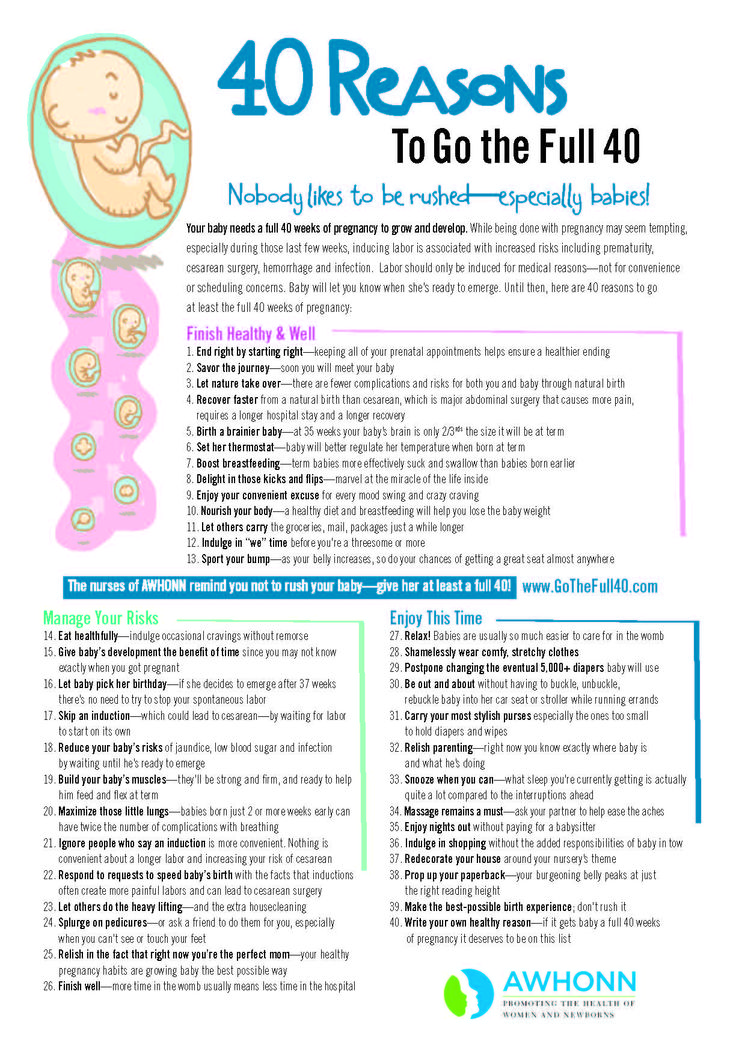 Close the door if the noise of their crying is setting you on edge. Take a walk outside, have a drink, call a friend or have a shower. Sometimes just a 5-10 minute break from a crying baby is enough to defuse a parent’s stress and gain a fresh perspective on what other settling strategies could be tried.
Close the door if the noise of their crying is setting you on edge. Take a walk outside, have a drink, call a friend or have a shower. Sometimes just a 5-10 minute break from a crying baby is enough to defuse a parent’s stress and gain a fresh perspective on what other settling strategies could be tried.
Think about trying a sling if you haven’t already. Sometimes all babies want is to be held and to feel close to their parents. Slings can work very effectively in calming a cranky baby, even when other strategies aren’t working.
Routine
Still around 5-6 feeds/24 hours at 9 weeks of age. Expect a longer, uninterrupted sleep overnight though and take advantage of this yourself. Many parents aim to offer a last evening feed at around 10pm or just before they go to bed themselves. This is sometimes known as a dream feed, or roll over feed. It can be offered while the baby is still sleepy, but awake enough to suck effectively. Keep your stimulation low key and minimise your handling. Encouraging your baby to stay calm and sleepy can be very effective in persuading them to resettle easily after this late night feed.
Encouraging your baby to stay calm and sleepy can be very effective in persuading them to resettle easily after this late night feed.
Some babies will actually start sleeping for a 6-7 hour period overnight, causing their parents to wonder if this is too much. As long as your baby is having enough feeds to thrive and is having enough feeds over the rest of the day, don’t be concerned. Hunger will cause your baby to wake when they need to. Try to look at feeds as a total over a 24 hour period, rather than how frequently each of them are spaced apart at this age and stage.
What You Can Expect
Some women return to work when their baby is a couple of months old. This can mean another form of adjustment for the whole family with a transition to child-care and needing to be very organised. If you are still breastfeeding, be aware that there is legislation to support breastfeeding mothers and you may be entitled to lactation breaks in your workplace.
Many women successfully combine breast and bottle feeding. With planning and organisation they are able to continue breastfeeding their baby, or offering them expressed breastmilk for as long as they choose to.
With planning and organisation they are able to continue breastfeeding their baby, or offering them expressed breastmilk for as long as they choose to.
Handling advice
Well meaning relatives and friends may offer you lots of advice on how to best manage your baby. Offering extra water, juice, keeping them awake through the day, using a dummy or not to, the list is endless. This can cause parents to become confused and worry if what they are doing is the right thing. Try to feel confident and secure in knowing what you are doing is right for you and your little one. Parenting is not a science, nor is it black and white. There is a whole range of different ways to achieve the same result and it is only by time, some trial and error and building confidence that you will work out what is right for you.
If your baby is healthy and growing, smiling and happy and importantly, you feel happy, these are the markers which should guide you.
For more information see Baby weeks or Baby Care.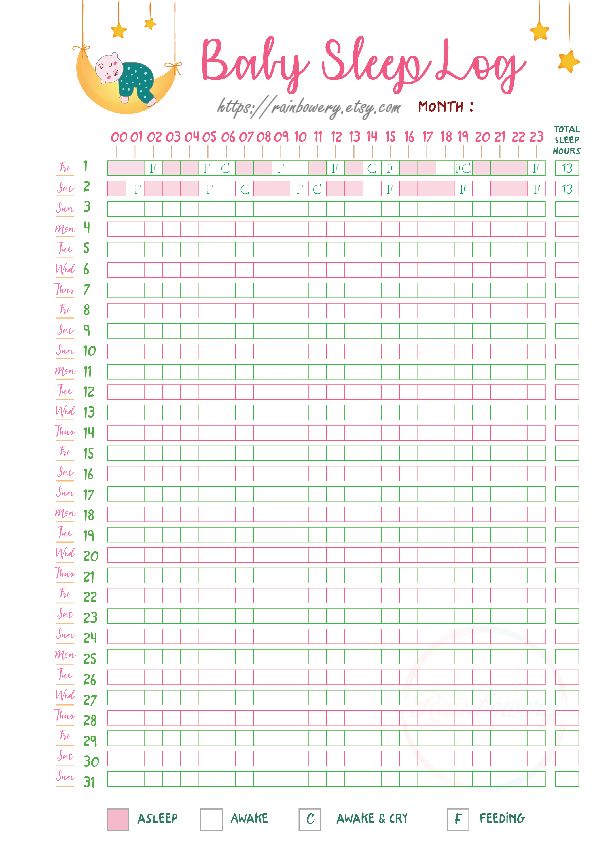
Last Published* December, 2022
*Please note that the published date may not be the same as the date that the content was created and that information above may have changed since.
Nine-Week-Old Baby Feeding Schedule & Amounts
By Motherly Updated April 8, 2022
With a nine-week-old baby, you can really appreciate how far they’ve come—and you have, too! Through breastfeeding, formula-feeding, pumping or a combination of feeding methods, your baby really has grown. Now, watch them use all that food as fuel as they work on building their strength and developing new motor skills!
How much should a nine-week-old baby eat?
The American Academy of Pediatrics and La Leche League recommend the following feeding schedules and amounts for 9-week-olds.
Breast milk: 4 to 5 ounces every 3 to 4 hours
Formula: 4 to 5 ounces every 4 hours
The American Academy of Pediatrics (AAP) also recommends that parents should follow the responsive feeding method, also known as feeding on demand, which looks to the infant’s hunger cues for when to feed. The schedules below are just examples—be sure to follow your baby’s hunger signals to know when your little one is ready for the next feeding. As babies get older, their hunger cues and feeding times start to become a little more predictable.
The schedules below are just examples—be sure to follow your baby’s hunger signals to know when your little one is ready for the next feeding. As babies get older, their hunger cues and feeding times start to become a little more predictable.
Related: 2-month-old baby milestones
How much should a nine-week-old baby eat? A sample feeding schedule:
Remember, it’s more important that you follow your baby’s cues than adhere to a set schedule, so schedules outlined are general guides of how frequently you’ll feed your baby—not hard-and-fast rules.
These guidelines also apply primarily to infants born full-term and without any underlying medical conditions. For preterm infants, babies with certain medical conditions or for any specific questions pertaining to your child, be sure to consult your child’s pediatrician for a more customized feeding schedule.
Related: Baby Sleep Guides & Schedules
How to cope with common baby tummy trouble causes
Your baby’s diet is still strictly breast milk or formula.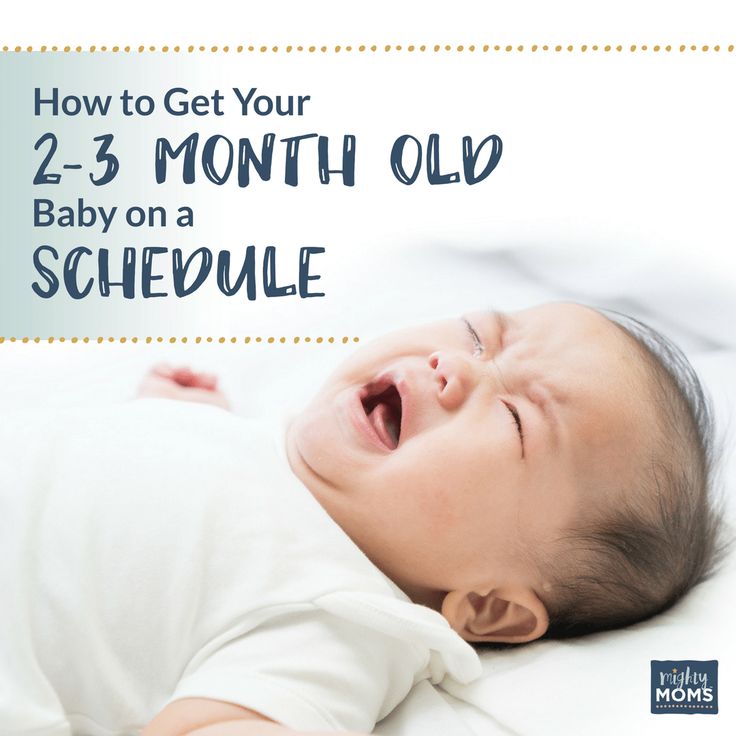 Yet, they are experiencing infant tummy troubles… You might wonder, “What gives?” According to Stanford Children’s Health, it’s not uncommon for 9-week-old babies to experience spit-up, constipation, diarrhea or gas. If you are breastfeeding, there may be a connection to your diet. If you are formula-feeding, an ingredient in the formula may not sit well with your baby. In other cases, some infants’ gastrointestinal systems just take a bit longer to mature. If the tummy troubles seem chronic, consult your pediatrician for specific recommendations.
Yet, they are experiencing infant tummy troubles… You might wonder, “What gives?” According to Stanford Children’s Health, it’s not uncommon for 9-week-old babies to experience spit-up, constipation, diarrhea or gas. If you are breastfeeding, there may be a connection to your diet. If you are formula-feeding, an ingredient in the formula may not sit well with your baby. In other cases, some infants’ gastrointestinal systems just take a bit longer to mature. If the tummy troubles seem chronic, consult your pediatrician for specific recommendations.
What to do: If your baby’s cold disturbs their feeding schedule
With babies, it’s not necessarily a question of if they will develop a cold—but when. Even if your pediatrician says your baby’s runny nose or congestion are due to the common cold, the symptoms can still throw your baby’s feeding schedule into flux. If your baby is interested in eating, but fusses while trying to eat, try using nasal saline drops and using a suction to remove mucus from your baby’s nose before feeding.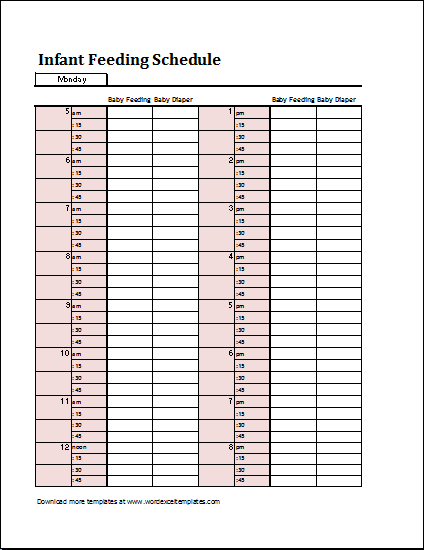 The primary concern is making sure your baby stays hydrated and nourished, even if they don’t seem to have as big of an appetite. Pay attention to their number of dirty diapers. If they aren’t eating well and not urinating often, you should check in with your doctor.
The primary concern is making sure your baby stays hydrated and nourished, even if they don’t seem to have as big of an appetite. Pay attention to their number of dirty diapers. If they aren’t eating well and not urinating often, you should check in with your doctor.
Part of parenting—arguably the biggest part—is learning as you go. Some challenges, like that first cold, are to be expected. Others can’t be as easily anticipated. But know that you do have the most important ingredient for getting through anything: love.
Read more about wellness for mama and your 9-week-old:
- How much sleep does a 9-week-old need?
- Motherly’s Postpartum Wellness Class is here!
- Subscribe to the Becoming Mama podcast
- In the absence of ‘the village,’ mothers struggle the most
A version of this story was published October 17, 2021. It has been updated.
Daily routine for a child under 1 year old
Daily routine is a system for distributing periods of sleep and wakefulness, meals, hygiene and health procedures, activities and independent human activities throughout the day.
Compliance with a rational daily routine corresponding to the age characteristics of the child contributes to his healthy growth and development. Getting used to performing various types of activities at the same time, the child is prepared for the upcoming type of activity at every moment of time, which ensures their easier and faster implementation. Compliance with the correct daily routine provides a good mood for the child and maintains a keen interest in the study of the world around him, contributing to his normal motor and psychoverbal development. nine0003
The child's daily routine includes the following obligatory elements: diet, time spent outdoors during the day, frequency and duration of sleep, mandatory classes to develop skills in accordance with age, free time.
In the first months after birth, a healthy newborn baby sleeps for most of the day, since all external stimuli are very strong for the nervous system of a child, accustomed to a cozy intrauterine environment, and cause its rapid exhaustion. As the child grows older, the duration of sleep gradually decreases and the time of wakefulness increases. nine0003
As the child grows older, the duration of sleep gradually decreases and the time of wakefulness increases. nine0003
| Age | Daytime sleep mode | Night sleep | Wake mode |
| From birth to 2 months | 6 x 2.5 hours | 6 hours | During feeding |
| 2-4 months | 5 times 2-2.5 hours | 6.5 hours | 4 x 1.5 hours |
| 4-6 months | 4-5 times for 2 hours | 7 hours | nine0013 4 times 2 hours|
| 6-9 months | 3-4 times for 1.5-2 hours | 8 hours | 4 x 2.5 hours |
| 9-12 months | 2 x 1.5-2 hours | 9-10 hours | 4 times for 3-4 hours |
Closely related to the sleep-wake mode is the feeding mode of the baby. The sleep of a child in the first months of life is very sensitive and is easily disturbed under the influence of various extraneous stimuli, including hunger.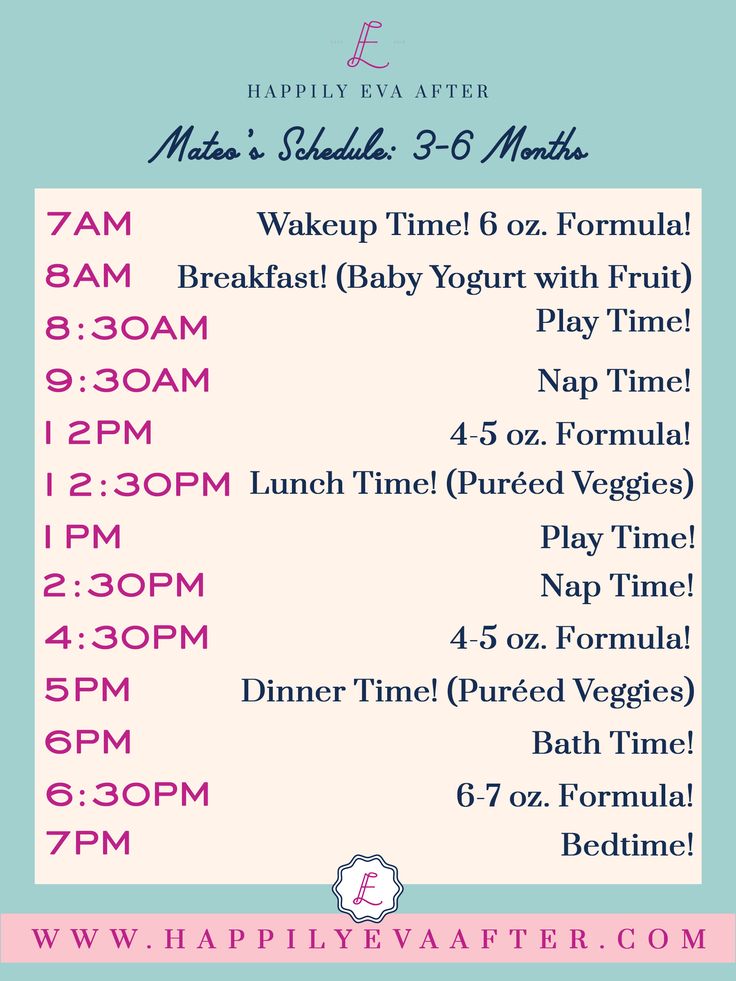 nine0003
nine0003
| Age | Mode | Example |
| From birth to 2 months | 7-8 times, every 3 hours | 6,9,12,15,18,21,24 (no night feeding) |
| From 2 to 6 months | 6-7 times, every 3.5 hours | 6, 9.30, 13, 16.30, 20, 23.30 (without night feeding) 6, 9.30, 13, 16.30, 20, 23.30, 03 (with night feeding) |
| From 7-12 months | 5 times, every 4 hours | 6,10,14,18,22 |
A child's stay in the fresh air is essential in the daily routine. The total duration of stay in the open air for children under 1 year of age should be at least 5-6 hours a day. Fresh air has a calming effect on the baby, improves metabolic processes, and increases the body's defenses. In the summer, all games and activities should be held outdoors; in the cold and transitional seasons, two one-time walks of 1. 5-2 hours are provided. nine0003
5-2 hours are provided. nine0003
Fresh air also has a beneficial effect on sleep. By acting on the skin and mucous membranes of the nose and upper respiratory tract, it provides a faster fall asleep of the child and a higher quality of sleep. Sleeping outside can replace a walk, especially during the cold season.
The child's daily routine is generally individual, but ideally, one should strive to ensure that the child eats after waking up, and then stays awake until the next sleep. A well-slept baby eats with appetite and then calmly and actively plays or engages, and tired of games, easily goes to sleep. nine0003
When your baby is awake, try to keep him active and cheerful. It is necessary to dress the child in loose clothing that does not hinder movement, provide access to toys appropriate for his age, and most importantly, actively participate in games and activities with the baby as a whole family.
Author - Physiotherapist - DMITRIENKO T.G.
sleep table by the hour, nutrition
05/06/2019
63
Like many babies, my nine-month-old baby has become very active and inquisitive.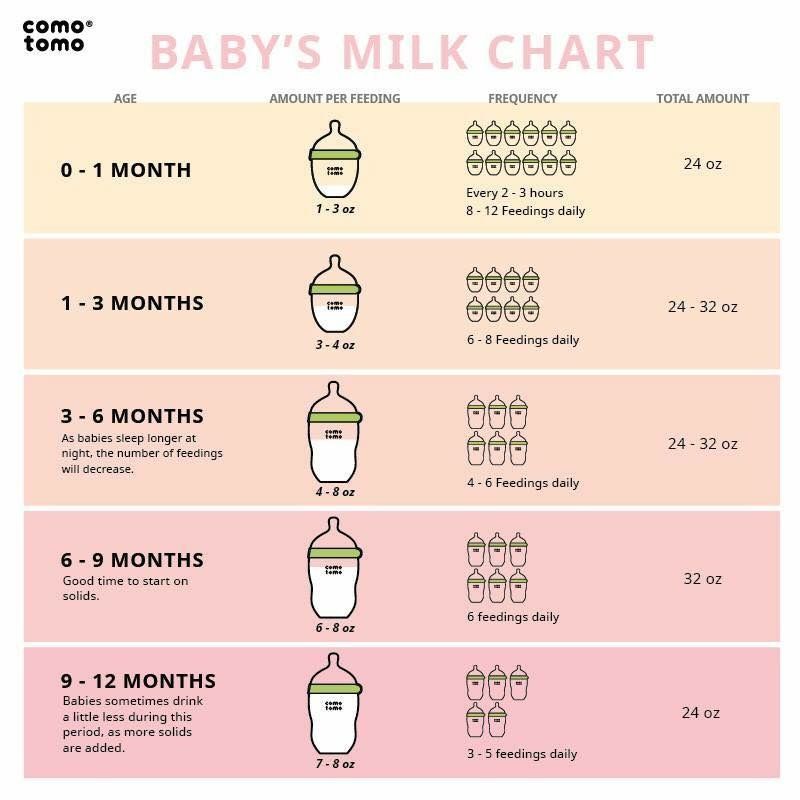 Which affected his sleep. Already at this age, he wanted to explore the world and practice new skills instead of sleeping. But I knew that the daily routine at this age is very important for the healthy development of my baby. Let's see how to properly organize the mode this month! The recommendations are suitable for both breastfed and formula-fed babies. nine0003
Which affected his sleep. Already at this age, he wanted to explore the world and practice new skills instead of sleeping. But I knew that the daily routine at this age is very important for the healthy development of my baby. Let's see how to properly organize the mode this month! The recommendations are suitable for both breastfed and formula-fed babies. nine0003
Baby's routine
9 months
Your baby's daily routine will be about the same as at 8 months. Children of this age need 11-12 hours of sleep at night. Waking up for feeding by this month usually already leaves, and the babies begin to sleep through the night.
Your child probably already sleeps twice a day. In this case, the mode should be done by the clock, and not by the time of wakefulness. If the child wakes up at 6-7 am, arrange the first nap around 9.00 and the second dream at about 13.00. It is important to start sleep in the "melatonin windows" - during these periods it is easier for the child to fall asleep.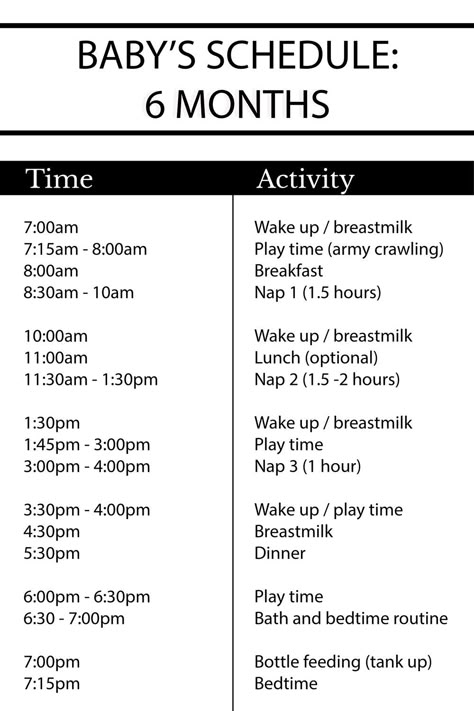 The total number of hours of daytime sleep is 2-3 hours. Watch your wake time before going out into the night. Remember, the interval between the last daytime sleep and the night should not be more than 3.5-4 hours.
The total number of hours of daytime sleep is 2-3 hours. Watch your wake time before going out into the night. Remember, the interval between the last daytime sleep and the night should not be more than 3.5-4 hours.
This daily routine becomes permanent and lasts up to 15-18 months. Only the evening bedtime will change as the child grows. But in any case, laying down for the night is better not to do later than 20 hours. Remember that in the first year of life, a child is not yet physically ready for a one-nap regimen. Try to keep two naps for as long as possible if the nine-month-old starts to refuse one of them. nine0003
Is the child's sleep still not ideal in this mode?
Common problems you may encounter:
Child does not want to go to bed. The reason for this may be inappropriate sleep time. In this case, focus on the recommended bedtime hours and the condition of the baby - try not to overwork the child. In this way, you will gradually find the best time to start daytime naps and leave at night
The baby often wakes up at night.
There are many reasons for poor night sleep - the child is hot, cold, there are negative associations for sleep. But more often, nighttime sleep suffers due to the wrong regimen during the day. Learn more about this at a free master class MY CHILD SLEEPS BADLY AT NIGHT: 3 SOLUTIONS. nine0003
Baby wakes up for night feeds. If you notice that the baby is not hungry when waking up, but still requires a bottle or breast, this may be a habit and a sign that the baby does not know how to fall asleep on its own. Consider teaching your child to fall asleep on their own to help them get good sleep and reduce the number of nighttime awakenings. Also, awakenings for feedings sometimes indicate that the child does not eat up during the day and makes up for hunger at night. In this case, review the baby's diet and feed the baby in a calm environment. nine0003
The baby is learning a new skill - actively crawling, will walk and “talk”. All this also affects the sleep of the child.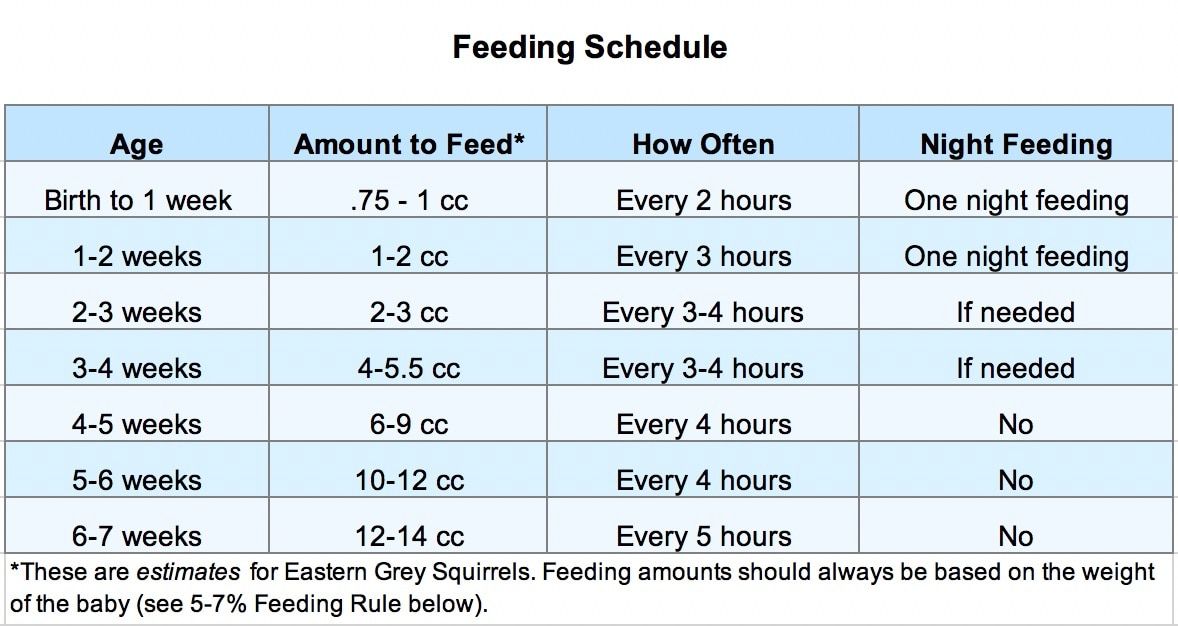 You need to be patient and wait out this period. And to help your child get used to a new skill faster, practice it together while awake during the day. After a week or two, sleep will be restored. If a new skill prevents the baby from sleeping, it is worth approaching and laying the child down every 10 minutes. So that he does not take it as a game of "roly-poly".
You need to be patient and wait out this period. And to help your child get used to a new skill faster, practice it together while awake during the day. After a week or two, sleep will be restored. If a new skill prevents the baby from sleeping, it is worth approaching and laying the child down every 10 minutes. So that he does not take it as a game of "roly-poly".
The table shows the approximate regimen of a nine-month-old child:
Baby's diet
9 months
The baby's diet is already becoming more diverse, but the basis of nutrition is still breast milk or infant formula. Up to 10 months, complementary foods are for informational purposes only.
Now the baby's menu is built on the principle of increasing the variety of familiar products, and not increasing the volume of portions. At the beginning of each feeding, it is worth giving a breast or a portion of the mixture, since at this age the child still receives the main nutrients from them. nine0003
nine0003
The breast is offered to the child in the morning after waking up and before leaving for the night, as well as in the intervals between meals of adult food. For breakfast, lunch and afternoon tea, you can give complementary foods, that is, adult food is offered during the day.
In addition to vegetable and fruit purees, cereals, the baby eats meat, dairy products, egg dishes.
When introducing a new product, watch the reaction of the baby's body.
Child development
Thinking
Nine-month-olds already understand the meaning of the word "no" and can wave goodbye if asked. The child is able to point to different objects, thus showing his interest in them. For example, on his favorite toy or his favorite food when he wants to eat. .
Communication
Baby copies gestures. When parents look at him and ask him to repeat the gesture, the baby understands that they are addressing him. When communicating, he uses the first sounds and tries to repeat words.




